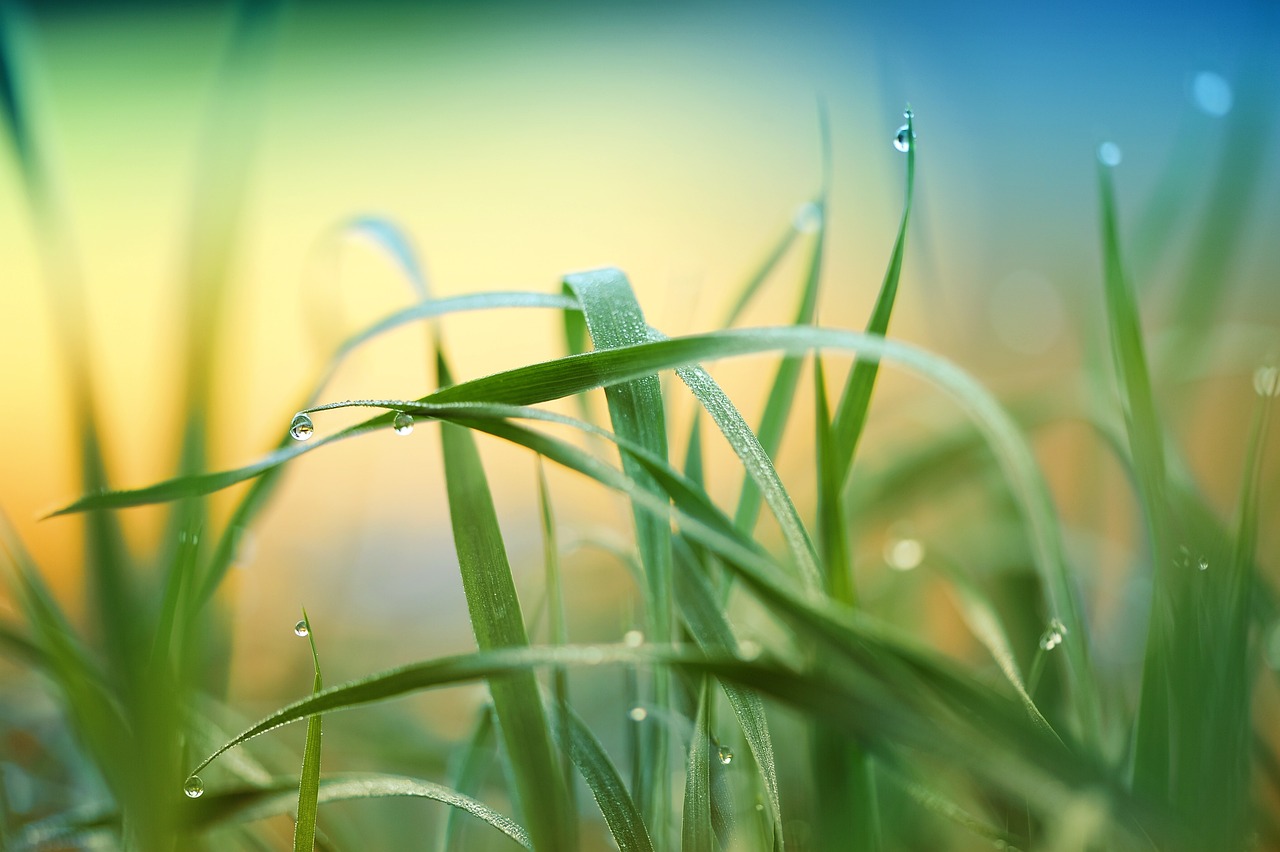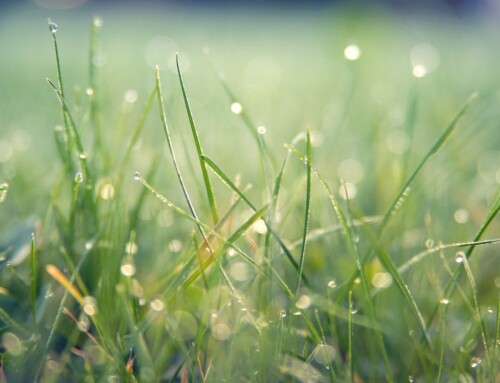When people move to Florida, they quickly realize that caring for lawns and gardens is very different than in other parts of the country. Even the varieties of grass we use on our property are different, given the state’s climate and soil requirements. Here are some of the most prevalent types of Florida grasses that you are likely to find on the Gulf Coast.
Common Types of Florida Grasses
- St. Augustine Grass: St. Augustine grass is popular in Florida due to its tolerance of heat, humidity, and salt spray. It has broad, flat blades and forms a dense turf, making it excellent for lawns. This grass type thrives in both sun and partial shade but requires moderate water and fertilization.
- Bahia Grass: Once established, bahia grass is known for its exceptional drought tolerance. It has a coarse texture and grows well in full sun. Bahia grass is commonly used in Florida, renowned for its low maintenance requirements and ability to grow in sandy soils.
- Bermuda Grass: Bermuda grass is valued for its excellent wear tolerance and ability to recover quickly from damage. It forms a dense turf and has fine-textured blades. Bermuda grass thrives in full sun and is known for its heat and drought tolerance, making it suitable for Florida’s climate.
- Centipede Grass: Centipede grass is characterized by its low maintenance requirements and slow growth rate. It has a medium texture and light green color. Centipede grass prefers acidic soils and is better suited to the northern regions of Florida, where winters are cooler.
- Zoysia Grass: Zoysia grass is known for its dense growth and fine texture. It is tolerant of heat and salt and can grow well in both sun and partial shade. Compared to some other grass types, it requires less water and fertilizer, making it a popular choice for lawns in Florida.
Each grass type has strengths and considerations regarding maintenance, water needs, and soil preferences. Choosing the right grass for your Florida lawn depends on factors such as climate zone, desired appearance, and level of maintenance you are willing to provide.
How Organic Soil and Compost Cultivate Healthy Lawns
Keeping grass healthy often involves maintaining good soil quality, and compost can be incredibly beneficial in achieving this. Here are some key ways compost improves soil and helps keep grass healthy:
- Nutrient-Rich Soil: Compost is rich in essential nutrients like nitrogen, phosphorus, and potassium, which are vital for healthy grass growth. These nutrients are released slowly over time, providing a steady supply to the roots.
- Improved Soil Structure: Compost helps improve soil structure by enhancing its ability to retain moisture and nutrients. It also promotes better root development and aeration, which are crucial for healthy grass growth.
- Enhanced Microbial Activity: Compost contains beneficial microorganisms that help break down organic matter and improve plant nutrient availability. This microbial activity supports a healthy soil ecosystem supporting healthy grass.
- pH Balance: Compost can help balance soil pH, making it more suitable for grass growth. Grass typically thrives in slightly acidic to neutral pH levels; compost can help maintain this balance.
- Reduced Soil Erosion: The organic matter in compost helps bind soil particles together, reducing erosion caused by wind and water. This stability is important for maintaining the integrity of grass roots.
Veransa Products Support Florida Grasses and Lawns
Incorporating compost into your lawn care routine can enhance soil fertility, improve grass health, and naturally promote a lush, green lawn.
Veransa provides organic lawn care products, including compost, mulch, and soil amendments made from recycled green and yard waste. Click here to shop or find a location nearest you.




